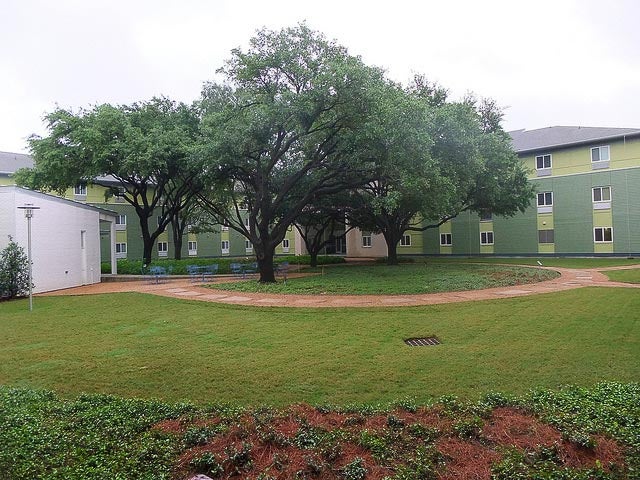For decades, public housing in the United States was associated with the sorts of large, concentrated campus-and-tower style developments that contributed to the cycle of poverty.
But in the face of the failed system, the federal government in the 1990s instituted a series of policies that relocated tens of thousands of residents of failing projects into less poor, less violent neighborhoods and rental units in the private market.
But what effect does that transition have on the psyche of residents? A study from Atlanta researchers published in the Journal of Urban Health examined how those relocations affect instances of depression among those who were relocated.
The results suggest the country’s new approach to public housing is on to something.
The Study
Researchers recruited a group of black residents of seven public housing complexes in Atlanta that were scheduled for demolition. They tailored the study group so 25 percent of participants had a substance addiction, half were drug users but not addicted and the remaining 25 percent did not take drugs.
They interviewed the participants and assessed how depressed they were based on a well-known 20-item scale. Every nine months, the researchers would reconnect with study participants and conduct another interview.
They also measured how violent the residents’ new neighborhoods were and described the new neighborhoods’ characteristics using census-tract data. Then they reconnected with the study participants in their new homes in four separate ninth-month intervals.
The Findings
In their initial interviews, when residents still lived in the old-style public housing complexes, the group’s average depression level that was well above the scale’s measure of mild depression and approached its cutoff for major depression.
Nine months later, when they had relocated to new neighborhoods, the average depression level fell below the threshold for mild depression. The decrease persisted throughout the next two subsequent nine-month periods.
When people moved, they did so to neighborhoods that were a median distance of 5.7 miles away. “These relocations took participants to new census tracts that had substantially less economic disadvantage and social disorder,” the researchers wrote. On average, the residents moved from areas with a 46 percent poverty rate to areas with a 30 percent poverty rate.
Changes in educational opportunity and median income followed similar trajectories. Similarly, they moved away from areas of economic disadvantage and social disorder.
“Our analysis suggests that African-American adults relocating from distressed/ obsolete public housing complexes in Atlanta, GA, experienced marked and sustained improvements in depressive symptoms, economic disadvantage, perceived community violence, and social disorder after they moved, and that improvements in place characteristics predicted improved mental health,” the researchers wrote.
The Implications
If their findings can be substantiated by additional research, the researchers conclude, they have direct implications for policy makers.
Most relocations of public housing residents happen through the federal government’s Section 8 program, in which government-provided vouchers subsidize a resident’s rent in a new unit.
The findings suggest the best outcomes for those in the program, in terms of their own mental health, is to relocate them into low poverty areas. But Section 8-eligible units are disproportionally likely to be located in higher poverty areas. Tenants often struggle to find housing in the very type of neighborhoods the program is intended to help them access.
“It may be necessary to provide incentives to landlords owning units in low-poverty areas to participate in the voucher program,” the researchers suggest.

